Home>Interior Design>How Often Should You Change Your Mattress?


Interior Design
How Often Should You Change Your Mattress?
Modified: March 26, 2024
Learn about the ideal frequency for changing your mattress and its impact on your interior-design. Find out when to upgrade for a better sleep.
(Many of the links in this article redirect to a specific reviewed product. Your purchase of these products through affiliate links helps to generate commission for Storables.com, at no extra cost. Learn more)
Introduction
When it comes to creating a comfortable and inviting space in your home, few things are as important as a good mattress. A mattress not only provides support and comfort while you sleep, but it also plays a crucial role in maintaining your overall health and well-being. It’s no wonder that people often invest a significant amount of time and money into choosing the perfect mattress.
However, even the highest-quality mattresses have a limited lifespan. Over time, they can become worn out, lumpy, and lose their ability to provide the support your body needs. This begs the question: how often should you change your mattress?
The answer to this question depends on several factors, including the quality of the mattress, your sleeping habits, and any specific issues you may be experiencing. In this article, we will explore the various factors that can affect the lifespan of your mattress and help you determine when it’s time to make a change.
Key Takeaways:
- Regularly evaluate your mattress for signs of wear, discomfort, or allergies to determine if it’s time for a replacement. Factors like quality, usage, and maintenance play a crucial role in the lifespan of your mattress.
- Invest in a high-quality mattress and implement good maintenance practices to extend its lifespan. Consider lifestyle changes and comfort preferences when deciding if it’s time for a new mattress.
Read more: How Often Should You Change Mattress
Factors Affecting Mattress Lifespan
Several factors can significantly impact the lifespan of your mattress. Understanding these factors will help you determine how long you can expect your mattress to last and when it might be time for a replacement.
- Quality: The quality of the mattress is perhaps the most critical factor in determining its lifespan. High-quality mattresses made with durable materials are likely to last longer than lower-quality ones. Consider investing in a reputable brand or a mattress with good customer reviews to ensure longevity.
- Usage: The amount of time you spend on your mattress plays a significant role in its longevity. If you sleep on your mattress every night, it will naturally experience more wear and tear compared to a mattress in a guest room that is only used occasionally.
- Weight: The weight placed on the mattress can affect its lifespan. Heavier individuals may exert more pressure on the mattress, causing it to wear out more quickly. Additionally, if you frequently sit or place heavy objects on your mattress, it can lead to uneven wear and decreased durability.
- Maintenance: Proper maintenance and care can prolong the lifespan of your mattress. Regularly rotating or flipping the mattress can distribute the weight more evenly, reducing the chances of sagging in specific areas. Keeping the mattress clean and protected from spills, stains, and allergens can also help extend its life.
- Sleeping habits: Your individual sleeping habits can impact how long a mattress lasts. If you frequently toss and turn or sleep in an awkward position, it can cause the mattress to wear out more quickly. Additionally, if you often use the mattress for activities other than sleeping, such as working or watching television, it may put additional strain on the mattress.
It’s essential to consider these factors when evaluating the lifespan of your mattress. While some mattresses may come with a recommended lifespan, it’s vital to assess the condition of your mattress regularly to determine if it needs to be replaced.
Signs That It’s Time to Change Your Mattress
While there is no set timeline for when you should change your mattress, there are several signs that indicate it may be time for a replacement. Paying attention to these signs will help you ensure that you are getting the best sleep possible and maintaining proper support for your body.
- Sagging: One of the most obvious signs that it’s time to change your mattress is sagging. If you notice visible indentations or depressions in your mattress, especially in areas where you sleep, it’s a clear indication that the mattress has lost its structural integrity and is no longer providing adequate support.
- Worn-out edges: Another sign of an aging mattress is worn-out or compressed edges. If the edges of your mattress have become noticeably softer or have lost their original shape, it can make it difficult to sit or sleep near the sides of the bed.
- Physical discomfort: If you wake up with aches, pains, or stiffness that persists throughout the day, it may be an indication that your mattress is no longer providing the necessary support for your body. Your mattress should promote proper spinal alignment and alleviate pressure points, so if you’re consistently experiencing discomfort, it’s time to consider a new mattress.
- Restless sleep: An old and worn-out mattress can disrupt your sleep by causing you to toss and turn throughout the night. If you find that you’re frequently waking up during the night or having trouble falling asleep, it may be due to an uncomfortable mattress.
- Increased allergies or asthma symptoms: Over time, mattresses can accumulate dust mites, allergens, and other irritants that can worsen allergies or asthma symptoms. If you notice an increase in sneezing, coughing, or breathing difficulties, it could be a sign that your mattress needs to be replaced.
- Age: While there isn’t a set expiration date for mattresses, age can be a significant factor in their lifespan. Most mattresses are expected to last around 7-10 years, depending on factors such as quality and usage. If your mattress is approaching or exceeding this timeframe, it’s wise to start considering a replacement.
Paying attention to these signs and regularly evaluating the condition of your mattress will ensure that you are providing yourself with a comfortable and supportive sleep surface.
The Average Lifespan of Different Mattress Types
Understanding the average lifespan of different mattress types can help you make an informed decision when it comes to choosing a new mattress and knowing when it might be time for a replacement. While individual experiences may vary, here is a general overview of the expected lifespan for different mattress types:
- Innerspring mattresses: Innerspring mattresses are made with a network of steel coils that provide support and structure. On average, these mattresses tend to last between 7-10 years. However, the lifespan can be influenced by the quality of the coils and the overall construction of the mattress.
- Memory foam mattresses: Memory foam mattresses have gained popularity in recent years due to their ability to contour to the body’s shape and relieve pressure points. These mattresses typically have a lifespan of around 10 years. However, higher-density memory foam mattresses may last longer.
- Latex mattresses: Latex mattresses are known for their durability and resilience. They can often last between 10-15 years, thanks to the natural properties of latex that resist sagging and indentation. Talalay latex tends to be more durable than Dunlop latex.
- Hybrid mattresses: Hybrid mattresses combine the support of innerspring coils with the comfort of memory foam or latex layers. The lifespan of hybrid mattresses can vary depending on the materials used, but they typically last between 8-10 years.
- Pillow-top mattresses: Pillow-top mattresses have an additional layer of cushioning on top for added comfort. These mattresses can have a shorter lifespan compared to other types, ranging from 5-7 years, as the pillow-top layer may compress and lose its plushness over time.
It’s important to note that these lifespans are estimates based on average usage and the quality of materials used in the mattress. Individual factors such as weight, usage, and maintenance can also influence how long a mattress lasts.
Ultimately, it’s crucial to evaluate the condition and comfort of your mattress regularly to determine if it’s still providing the support you need. If you notice significant signs of wear and tear or are no longer experiencing restful sleep, it may be time to start considering a new mattress.
It is recommended to change your mattress every 7-10 years, as this is the average lifespan of a mattress. However, if you are experiencing discomfort or poor sleep, it may be time to replace it sooner.
How Often Should You Change Your Mattress?
The frequency at which you should change your mattress depends on several factors, including the quality of the mattress, your personal comfort preferences, and any specific issues you may be experiencing. While there is no one-size-fits-all answer to this question, there are some general guidelines to keep in mind:
- Every 7-10 years: On average, most mattresses are designed to last between 7-10 years. This timeframe takes into account the natural wear and tear that occurs over time. However, keep in mind that this is a general guideline, and the lifespan of your mattress may vary based on factors such as quality, usage, and maintenance.
- Changes in comfort and support: Even if your mattress is within the 7-10 year range, it’s essential to pay attention to changes in comfort and support. If you start experiencing discomfort or notice a significant decrease in the quality of your sleep, it may be a sign that your mattress is no longer providing the necessary support. Trust your own judgment and consider making a change sooner rather than later.
- Lifestyle changes: Significant lifestyle changes can also warrant a mattress replacement. For example, if you recently gained or lost weight, or if you started experiencing new health issues, your comfort and support needs may have changed. In these cases, it’s wise to reassess your mattress and consider making a change to accommodate your new requirements.
- Specific issues: Certain issues can arise that may require a mattress replacement. For instance, if your mattress is damaged, has broken springs, or has developed mold or mildew, it’s crucial to address these issues promptly and consider getting a new mattress to ensure your health and well-being.
Ultimately, the decision of when to change your mattress is a personal one. It’s important to pay attention to your comfort, observe any changes in your sleep quality, and assess the condition of your mattress regularly. If you’re unsure, consulting with a mattress specialist or sleep professional can be helpful in determining if a mattress change is necessary.
Remember, a high-quality mattress is an investment in your sleep and overall health. Choosing the right time to replace your mattress will ensure that you’re giving yourself the best chance for a comfortable and restful night’s sleep.
Read more: How Often Should You Change Your Carpet
Tips for Extending the Lifespan of Your Mattress
While the lifespan of a mattress is ultimately determined by various factors, there are several steps you can take to maximize its longevity and ensure that it provides optimal comfort and support for years to come. Here are some tips for extending the lifespan of your mattress:
- Use a mattress protector: Investing in a high-quality mattress protector is one of the best ways to safeguard your mattress against spills, stains, and allergens. A mattress protector creates a barrier between your body and the mattress, preserving its condition and preventing the accumulation of dust mites and other irritants.
- Rotate and flip your mattress: Regularly rotating and flipping your mattress can help distribute the weight more evenly and prevent excessive wear on specific areas. Consult your mattress manufacturer’s guidelines for the recommended rotation schedule, as some mattresses may not be designed to be flipped.
- Avoid sitting on the edges: While the edges of a mattress may be suitable for sitting briefly, excessive weight or sitting in one spot for extended periods can cause the edges to weaken or sag over time. Instead, try to sit on a sturdy chair or sofa when you need to sit for an extended period.
- Use proper support: Ensure that your mattress is properly supported by a sturdy foundation or bed frame. A weak or inadequate support system can cause the mattress to sag or become damaged more quickly. Check with your mattress manufacturer for their recommended support system.
- Keep it clean: Regularly vacuuming your mattress can help remove dust and other particles that can accumulate over time. If necessary, spot clean any stains promptly using a mild detergent and warm water, following the manufacturer’s instructions.
- Avoid jumping on the bed: While it may be tempting, refrain from allowing children (or adults!) to jump on the bed. Jumping can cause unnecessary strain and stress on the mattress, leading to premature wear and tear.
- Follow weight limits: If your mattress has specific weight limits indicated by the manufacturer, it’s essential to adhere to them. Exceeding weight limits can put excessive stress on the mattress, leading to decreased durability and a shorter lifespan.
- Consider mattress maintenance: Some mattresses may require specific maintenance, such as occasional steam cleaning or fluffing up the filling. Check the manufacturer’s instructions for any maintenance recommendations to ensure that you’re properly caring for your mattress.
By implementing these tips and incorporating good mattress maintenance practices into your routine, you can help extend the lifespan of your mattress and ensure that it remains comfortable and supportive for sleep.
Conclusion
A comfortable and supportive mattress is an essential component of a good night’s sleep and overall well-being. Knowing when to change your mattress and how to extend its lifespan can help you make informed decisions and ensure that you’re getting the best sleep possible.
Factors such as the quality of the mattress, usage, weight, maintenance, and sleeping habits all play a role in the lifespan of your mattress. While most mattresses are designed to last between 7-10 years, it’s important to pay attention to signs that indicate it may be time for a replacement, such as sagging, discomfort, restless sleep, or allergies symptoms.
When choosing a mattress, consider different types such as innerspring, memory foam, latex, hybrid, or pillow-top, each with varying lifespans. It’s crucial to research and invest in a high-quality mattress that meets your comfort preferences and needs.
To extend the lifespan of your mattress, use a mattress protector, rotate and flip your mattress regularly, avoid sitting on the edges, provide proper support, keep it clean, avoid jumping on the bed, and follow any specific maintenance recommendations from the manufacturer.
In the end, the decision of when to change your mattress is a personal one. Trust your comfort and intuition, and consult with mattress specialists or sleep professionals if necessary. Remember, a good mattress is an investment in your sleep quality, comfort, and well-being.
By understanding the factors affecting mattress lifespan, recognizing the signs that it’s time for a change, and implementing good mattress maintenance practices, you can ensure that your mattress provides you with the support and comfort you need for many restful nights of sleep.
Frequently Asked Questions about How Often Should You Change Your Mattress?
Was this page helpful?
At Storables.com, we guarantee accurate and reliable information. Our content, validated by Expert Board Contributors, is crafted following stringent Editorial Policies. We're committed to providing you with well-researched, expert-backed insights for all your informational needs.



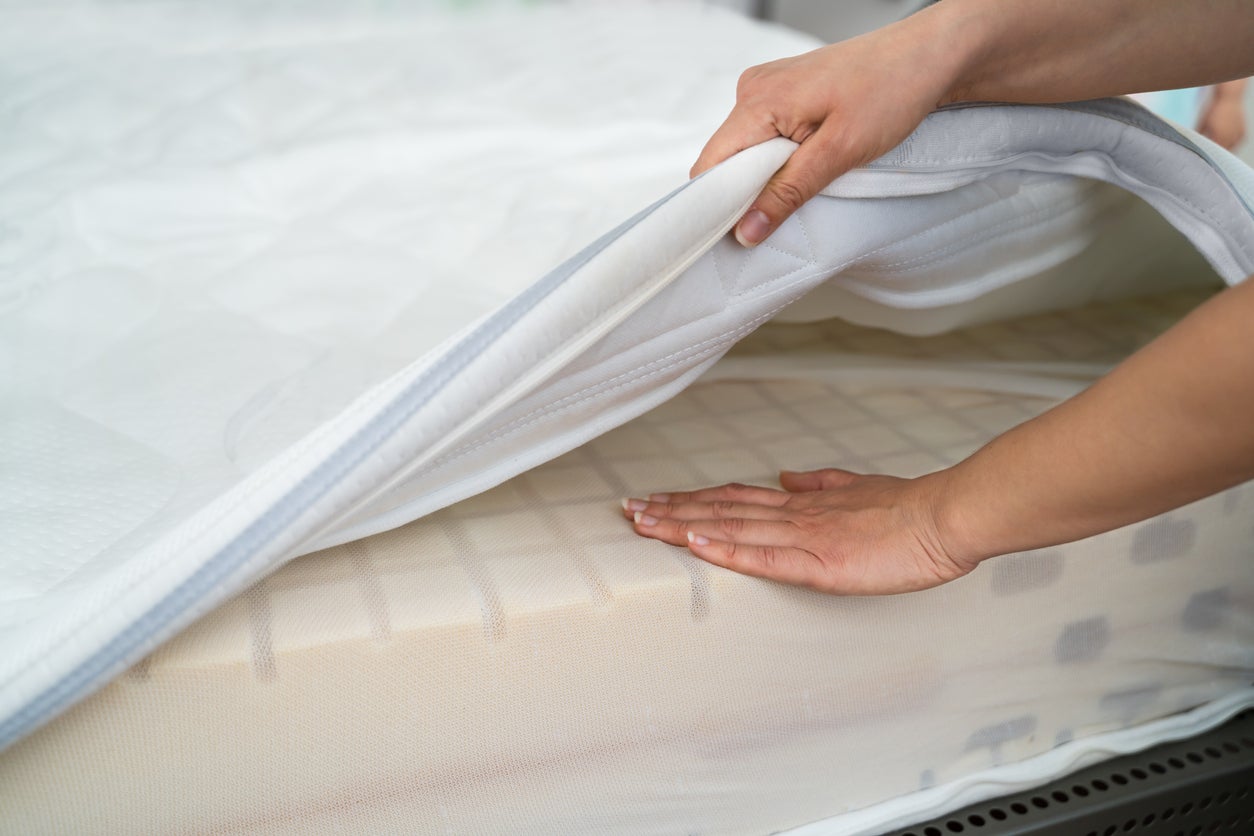




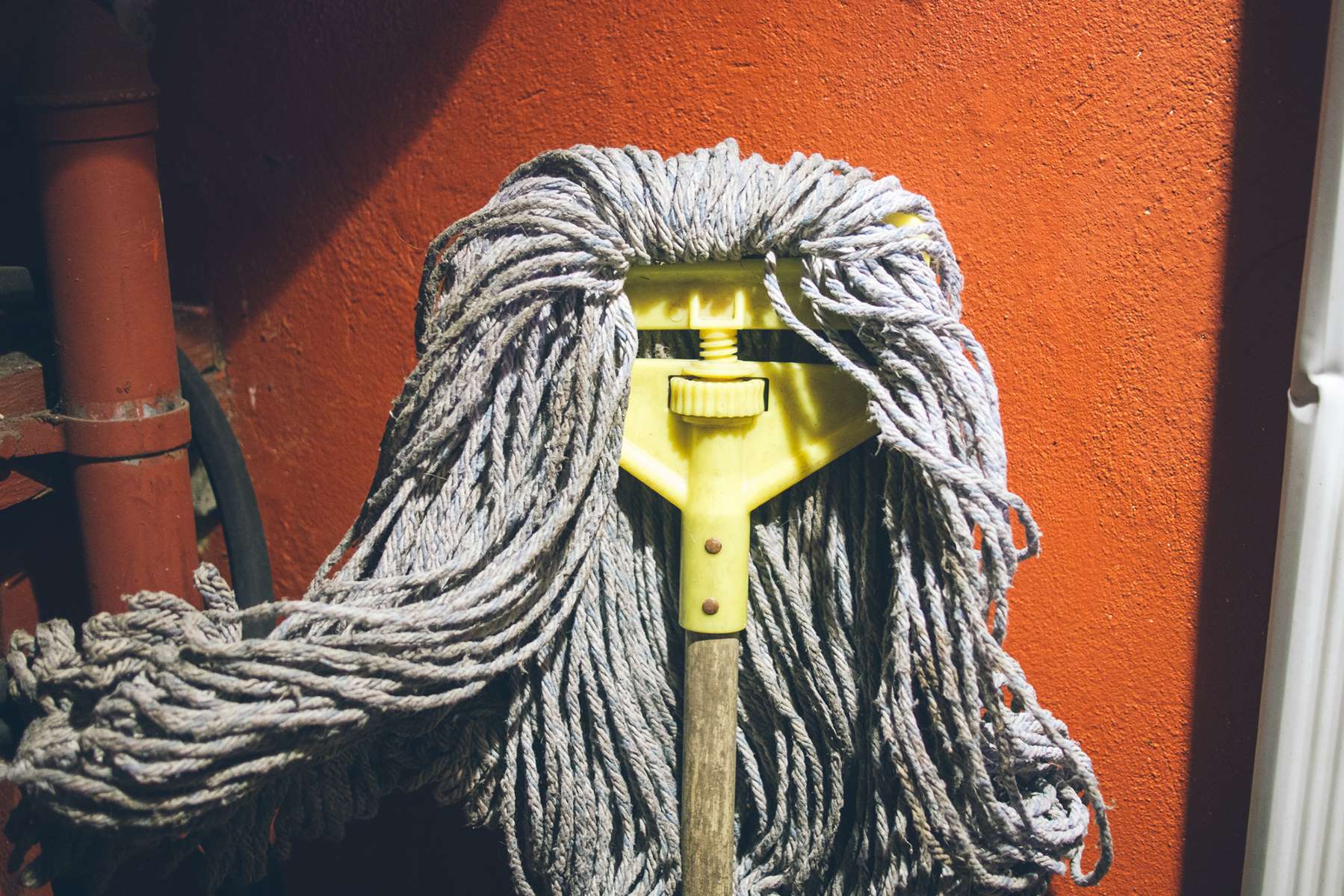
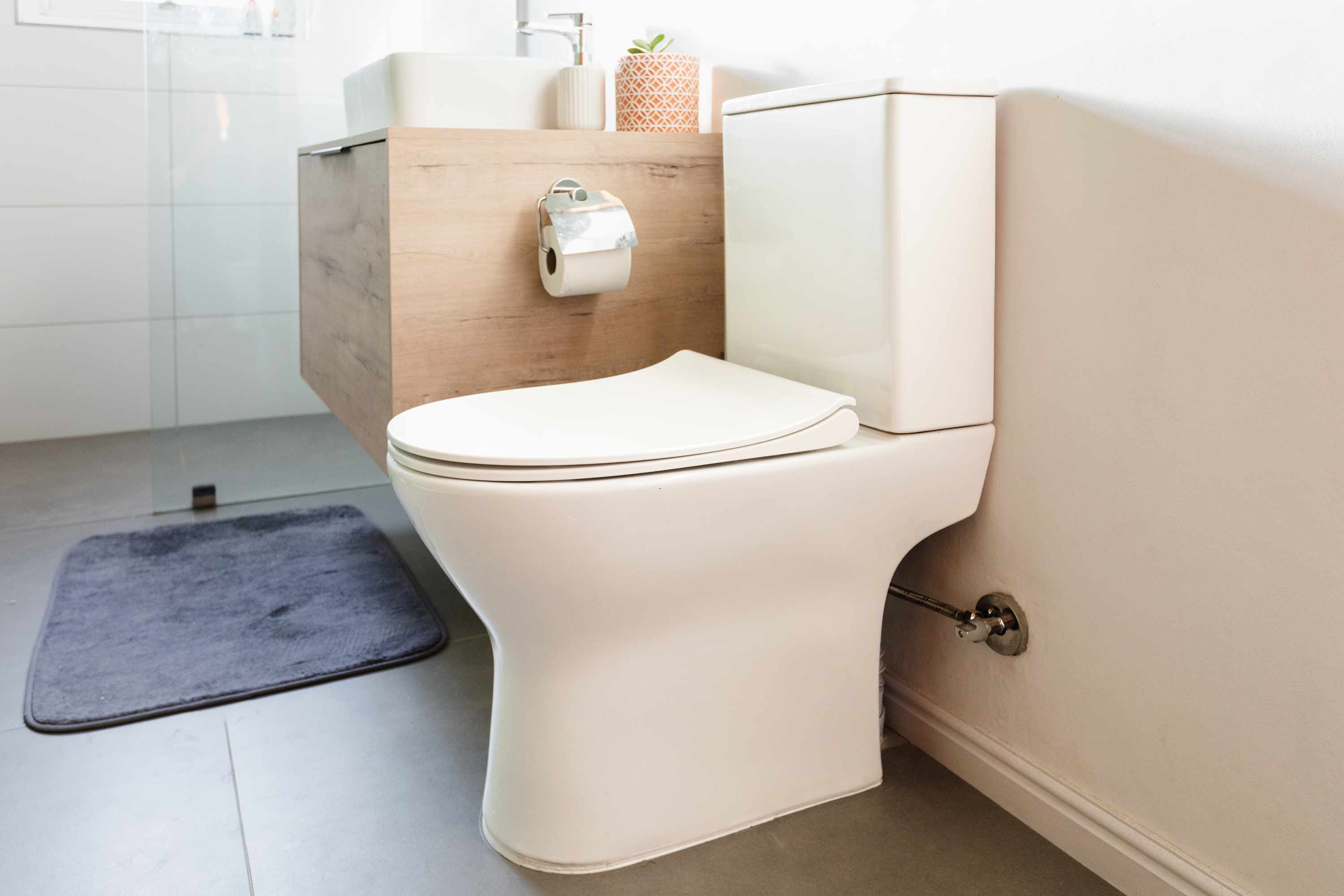

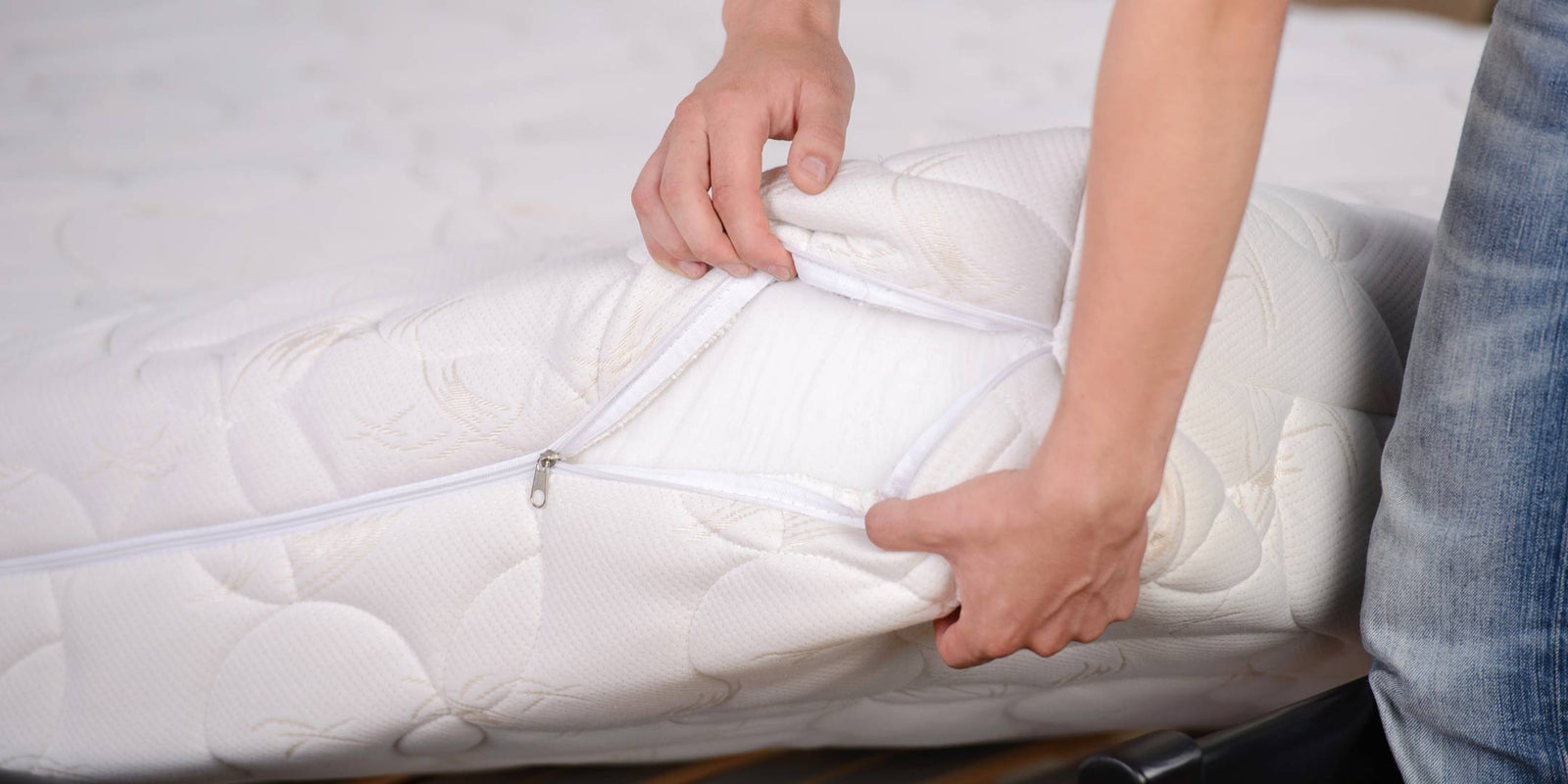
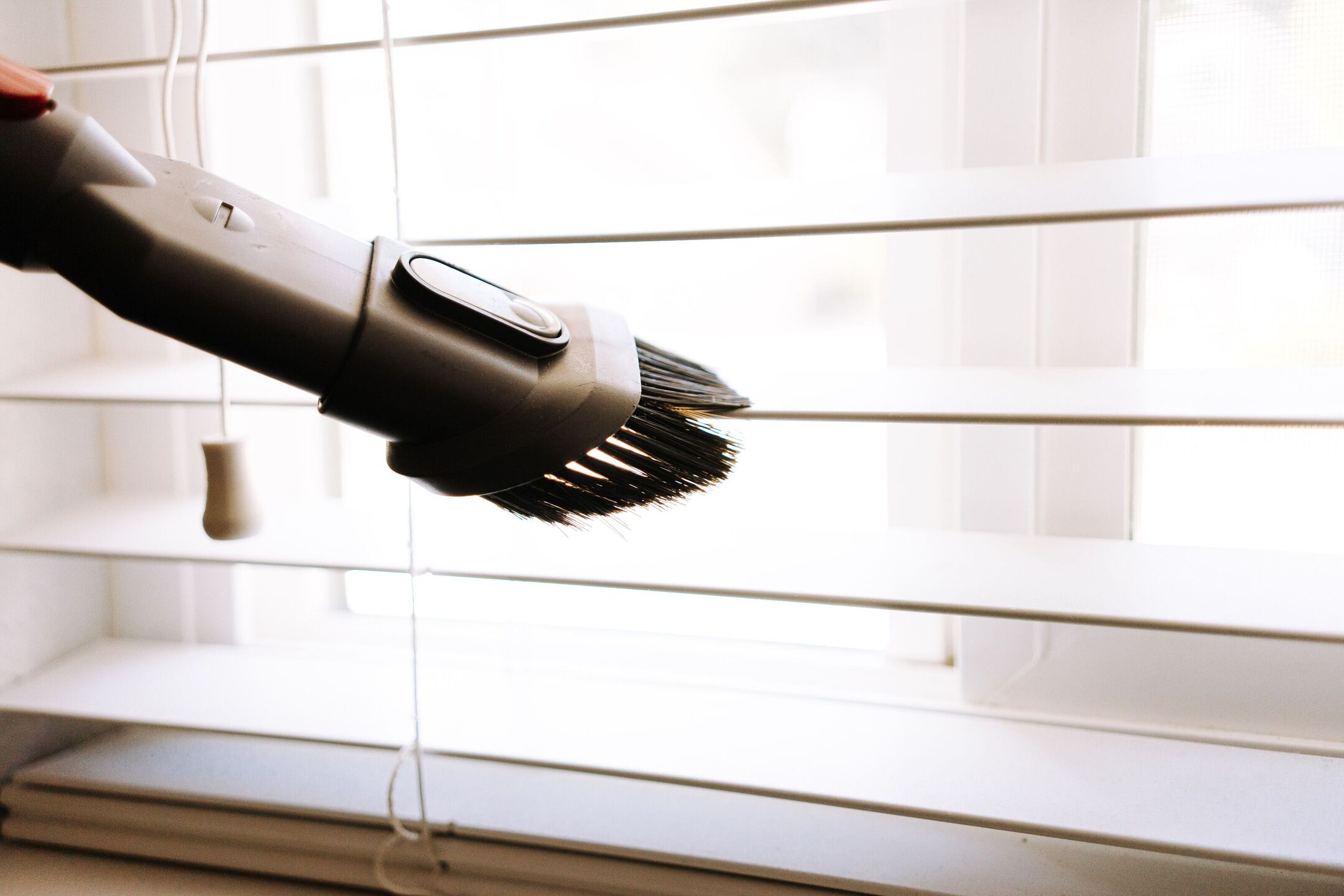
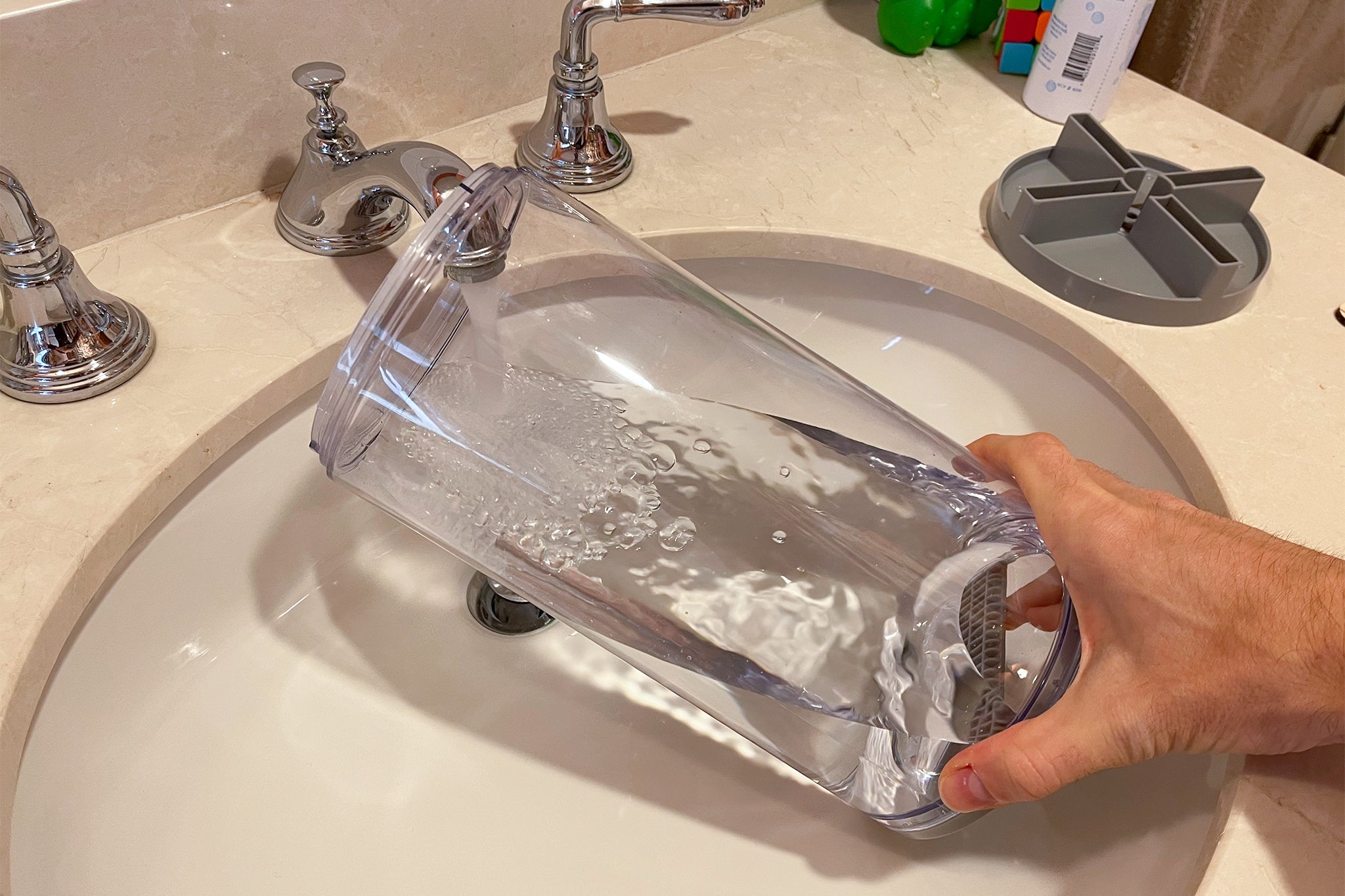

0 thoughts on “How Often Should You Change Your Mattress?”